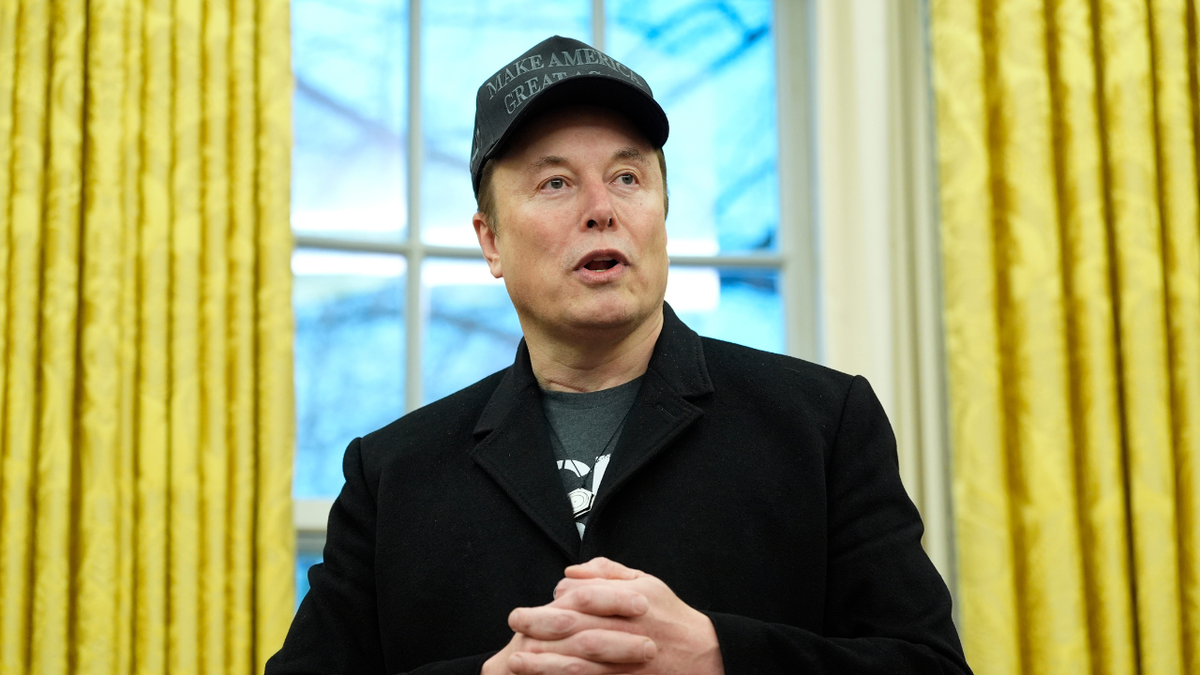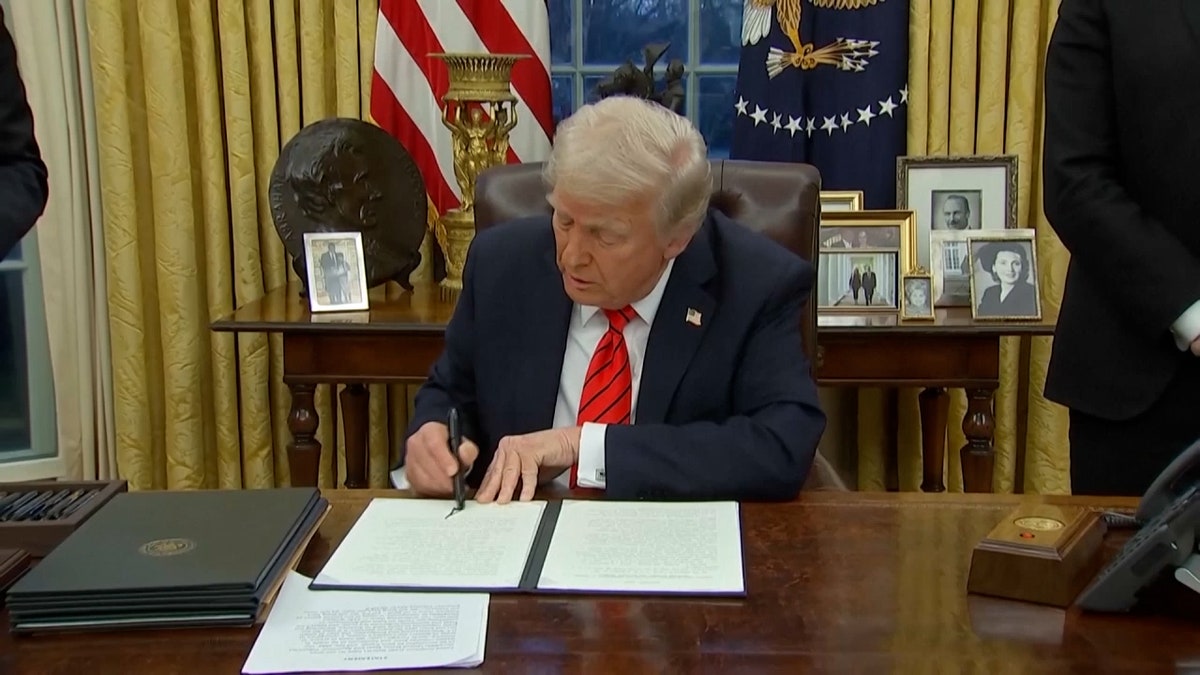President Trump's second term has ushered in a period of significant change within the federal government, marked by workforce restructuring, widespread layoffs, and policy adjustments aimed at streamlining operations and aligning with his agenda. This transformation has highlighted the distinction between political appointees and career civil servants.
Political appointees, selected by the president, serve at his pleasure and encompass Cabinet members and other high-ranking officials responsible for implementing the administration's policies. In contrast, career employees hold permanent positions with civil service protections, tasked with executing the policies established by political appointees.
Tevi Troy, a former Bush administration Cabinet member and senior fellow at the Ronald Reagan Institute, explained to Fox News Digital, "We transitioned from the spoils system, where the current administration hires everyone in the government, to a career civil service in the 1880s. The concept is to have a permanent government or bureaucracy that manages the work of the federal government, whether it's processing payments or conducting the census. This career bureaucracy oversees these functions. They have civil service protection and are not supposed to create policy. They implement policies defined by the president's administration."

Elon Musk leads the Department of Government Efficiency, established by President Trump to identify wasteful federal spending. (Alex Brandon/AP Images)
Troy noted that the federal workforce comprises roughly 2 million individuals, and there's a boundary between those who set policy and those who execute the government's mission. The current tension stems from the Trump administration's perception that some senior career officials are attempting to shape policy rather than implement it.
On Tuesday, President Trump issued an executive order calling for departments to implement substantial workforce reductions. The Department of Government Efficiency (DOGE), spearheaded by Elon Musk, has played a key role in executing layoffs across various federal agencies, including the Federal Aviation Authority, the Departments of Education, Veterans Affairs, and Energy, among others.
Rachel Greszler, a senior researcher at the Heritage Foundation's economic Roe Institute, told Fox News Digital, "While career employees have significant job protections, the president, as head of the executive branch, can eliminate positions as long as individuals are not targeted based on their political affiliations. President Clinton issued an executive order in 1993 directing agencies to cut 100,000 federal positions. While the initial order aimed for a 4% workforce reduction, it resulted in a 10% reduction."

President Trump has utilized executive orders to implement significant changes within the federal bureaucracy during his initial weeks in office. (Reuters)
Last week, Trump also directed federal agencies to dismiss most probationary employees who haven't attained civil service protection. An Office of Personnel Management spokesperson previously informed Fox News Digital that the probationary period is an extension of the job application process, not a guarantee of permanent employment. Agencies are acting independently, considering the recent hiring freeze and supporting the president's broader efforts to restructure and streamline the federal government for improved service to the American people.
This isn't the first presidential attempt to reduce the size of the federal government. Ronald Reagan pursued a similar objective, particularly cutting staff in regulatory agencies like the Environmental Protection Agency and the Department of Energy. Bill Clinton also aimed to shrink the federal government, famously declaring in his 1996 State of the Union address that the "era of big government is over."
Comments(0)
Top Comments